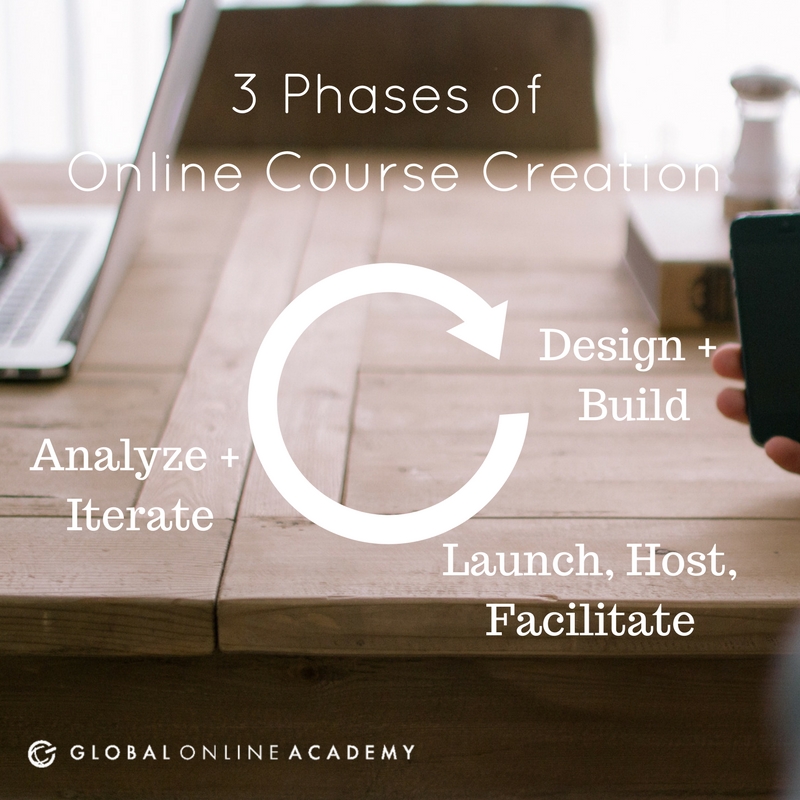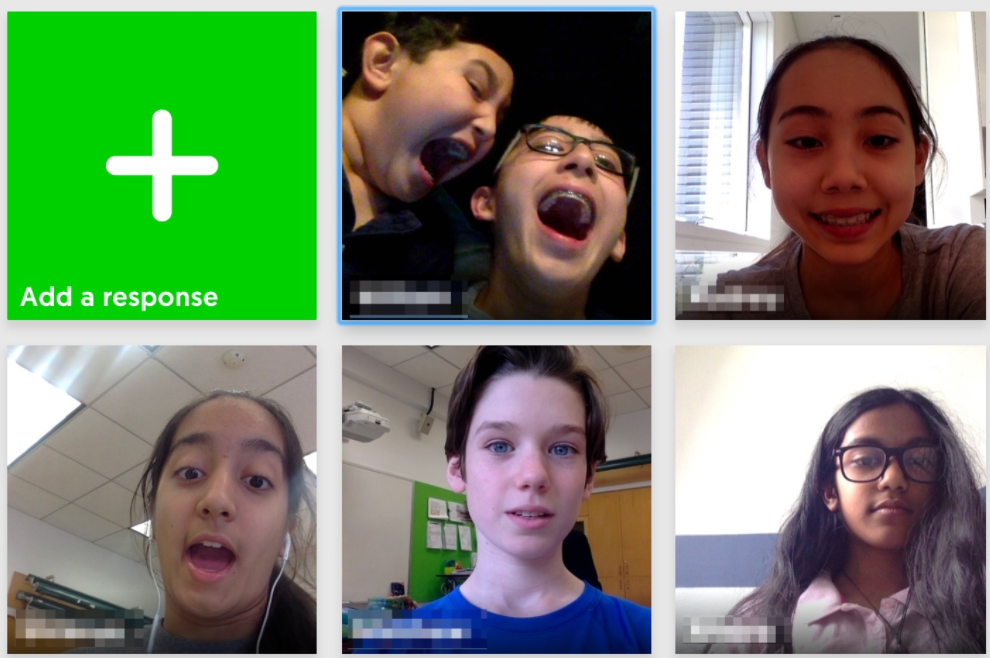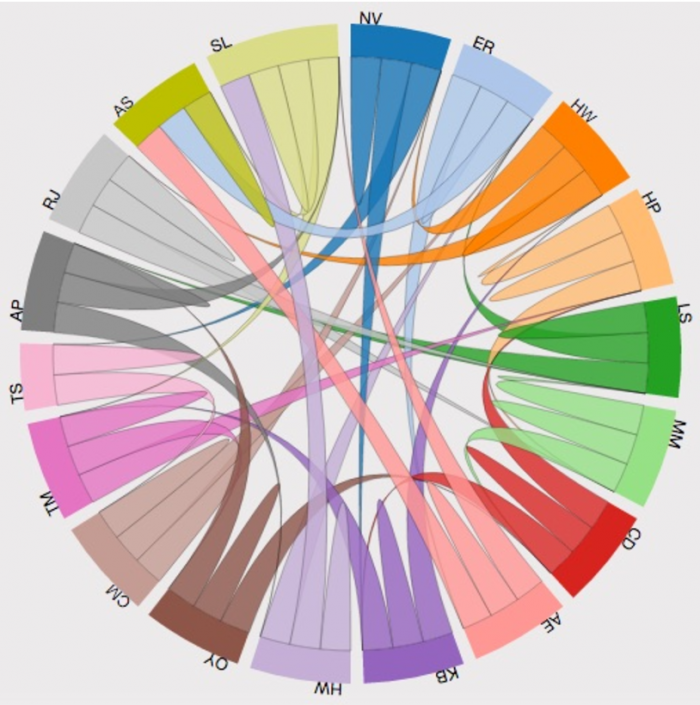3 Phases of Creating a High Quality Online Course
By Eric Hudson and Bonnie Lathram
Nearly 6 million American high school students take at least one course online. Americans also spend, on average, over 10 hours a day on devices, much of this devoted to consuming media. As the blend of our online and IRL (in real life) learning continues, we will see the rise of continued ways to use our screens to learn in ways that go beyond traditional brick and mortar settings. Educators and learning organizations are thinking through ways to bring meaningful learning experiences for students online. We are, too.
If you’ve taken or taught an online course, you know that not all online learning experiences are created equal. Over the last seven years, we have developed a three-phase process for designing, building, launching, hosting, and facilitating online content for students and educators. What have we learned about high quality online courses that might be helpful to anyone who is planning to create a high quality course in the online realm? Why is it that some courses compel a participant to engage while others don’t?
The 3 Phases of Creating High Quality Online Courses
Phase 1: Design and Build.
At GOA, the role of “teacher” is composed of two critical roles: designer and facilitator. We always begin in the design phase, preparing for learners in a collaborative, intentional process. This planning phase can take many forms — making a detailed course outline, conducting a collaborative workshop in the mode of design thinking, holding interviews with the intended audience, or compiling research and data into similar learning experiences. The essential outcome of this process must be a clear, detailed understanding of “what, why, and how”: What will participants be learning? Why is that important to learn? How will they have opportunities to show their learning and interact with the facilitator and each other?
It’s only after the designer understands and can articulate the intent of the course that the detailed work of constructing the course in our Learning Management System (LMS) begins. Attention to detail is king! Small but important choices like how instructions are presented, where images are placed, when to leverage video versus text, how to present opportunities for learner reflection, etc. can have a significant impact on a learner’s ability to navigate, engage with, and thus succeed in the course. As the course takes shape in the LMS, the facilitator, if different than the designer, is brought into the process, trained in using the technology to support learners as well as given time and support to master the course’s content and design.
Phase 2: Launch, Host and Facilitate.
The shift from the design to facilitation phase begins when we provide learners access to the course. This process begins pre-course, when a welcome page with a video greeting, a calendar of opening activities, and some simple, fun “to-do’s” for the learner like creating an online profile and pinning one’s location on a shared map. The goal is to acclimate the learner to the online environment and set the tone: in order to learn together, we must know each other and feel comfortable in our shared space. Simple tools like Flipgrid are great for this kind of social learning.
GOA courses are mostly asynchronous with synchronous components, meaning the majority of work is completed on the learner’s own schedule with weekly or biweekly opportunities to join small group video chats. When you don’t see your learners in person every day, it’s important to collect feedback from them in other ways. Throughout, GOA is collecting quantitative and qualitative data: using analytics from the LMS and tools like Threadz, which visualizes interaction in asynchronous discussions, to understand how and when learners are engaging, and requesting feedback from learners at the mid and end points of the experience to learn more about what they gained from the experience.
Data informs both facilitation and design: facilitators use this information to make small, immediate adjustments to improve the learner experience. This kind of responsive design should always be a part of an online course: even if the course has been built in advance, facilitators should have the time and support to respond to learner’s feedback and behavior.
Phase 3: Analyze Data and Iterate.
This final phase could easily be overlooked, yet it is the time when data is its most useful. Once a course ends, we have the time to analyze the data we’ve collected and translate it into concrete action items for the evolution and improvement of the experience’s design. At GOA, our instructional designers lead this process, gathering designers and facilitators for reflection and analysis of the data, and creating briefs that identify strengths, target challenges to address, and set clear goals for the next steps in the process, returning us to the design phase.
By going through these 3 phases continuously, focused on the learner experience, we create high quality content, one course at a time.
Global Online Academy (GOA) reimagines learning to enable students and teachers to thrive in a globally networked society. Professional learning opportunities are open to any educator. To sign up or to learn more, see our Professional Learning Opportunities for Educators or email hello@GlobalOnlineAcademy.org with the subject title “Professional Learning.” Follow us on Twitter @GOALearning. To stay up to date on GOA learning opportunities, sign up for our newsletter here.



